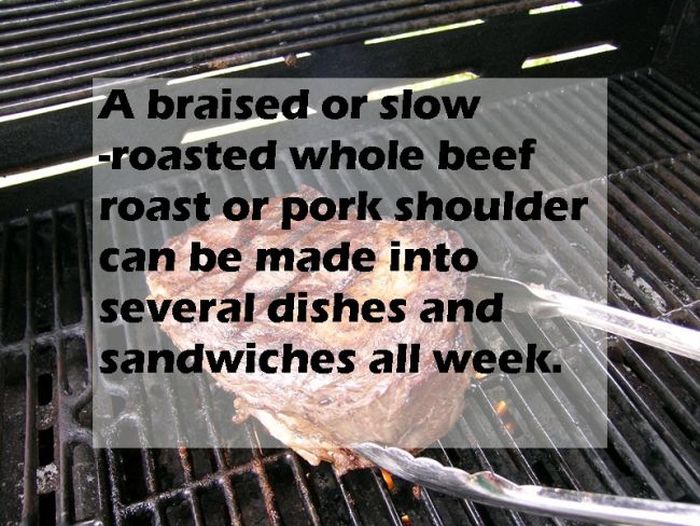Interesting Facts About Cooking
|
Wrangham proposed cooking was instrumental in human evolution, as it reduced the time required for foraging and led to an increase in brain size. He estimates the percentage decrease in gut size of early humans directly correlates to the increase in brain size. Most other anthropologists, however, oppose Wrangham, stating that archeological evidence suggests that cooking fires began in earnest only about 250,000 years ago, when ancient hearths, earth ovens, burnt animal bones, and flint appear across Europe and the Middle East. Two million years ago, the only sign of fire is burnt earth with human remains, which most other anthropologists consider to be mere coincidence rather than evidence of intentional fire. The mainstream view among anthropologists is that the increases in human brain size occurred well before the advent of cooking, due to a shift away from the consumption of nuts and berries to the consumption of meat.
Food has become a part of material culture, and cuisine is much more than a substance. In the seventeenth and eighteenth centuries, food was a classic marker in Europe. However, in the nineteenth century, cuisine became a defining symbol of national identity. The discovery of the New World represented a major turning point in the history of food because of the movement of foods from and to Europe, such as potatoes, tomatoes, corn, yams, and beans. Food in America consisted of traditions that were adapted from England, but up until the end of this century, the presence of new ingredients along with the contact between diverse ethnic groups influenced experimentation. Industrialization was also a turning point that changed how food affected the nation.
During the period of industrialization, food began to be mass-produced, mass marketed, and standardized. Factories processed, preserved, canned, and packaged a wide variety of foods, and processed cereals quickly became a defining feature of the American breakfast. In the twenties, freezing methods as well as the earliest cafeterias and fast food establishments emerged. This point in time is when processed and nationally distributed foods became a huge part of the nation's diet.
Along with changes in food, there have also been several changes in nutritional guidelines as well. Since 1916, there have been several different nutrition guidelines issued by the United States government, eventually leading up to the food pyramid. In 1916, "Food For Young Children" along with its sequel for adults, "How to Select Foods" was the first USDA guide to give specific dietary guidelines. Updated in the 1920s to these guides gave shopping suggestions for different-sized families along with a Depression Era revision which included four cost levels. In 1943, the USDA created the "Basic Seven" chart to make sure that people got the recommended nutrients. It included the first-ever Recommended Daily Allowances from the National Academy of Sciences. In 1956, the "Essentials of an Adequate Diet" brought recommendations which cut seven down to four groups that school children would learn about for decades. In 1979, a guide called "Food" was published, which addressed the link between too much of certain foods and chronic diseases. This publication also added "fats, oils, and sweets" to the four basic food groups and cautioned moderation. In 1992, the food pyramid was debuted. The USDA introduced this, which represented proportions of foods in a balanced diet. In 2005, the pyramid got a makeover and was renamed MyPyramid. Lastly, in 2011, "MyPlate" came about.
|
|









